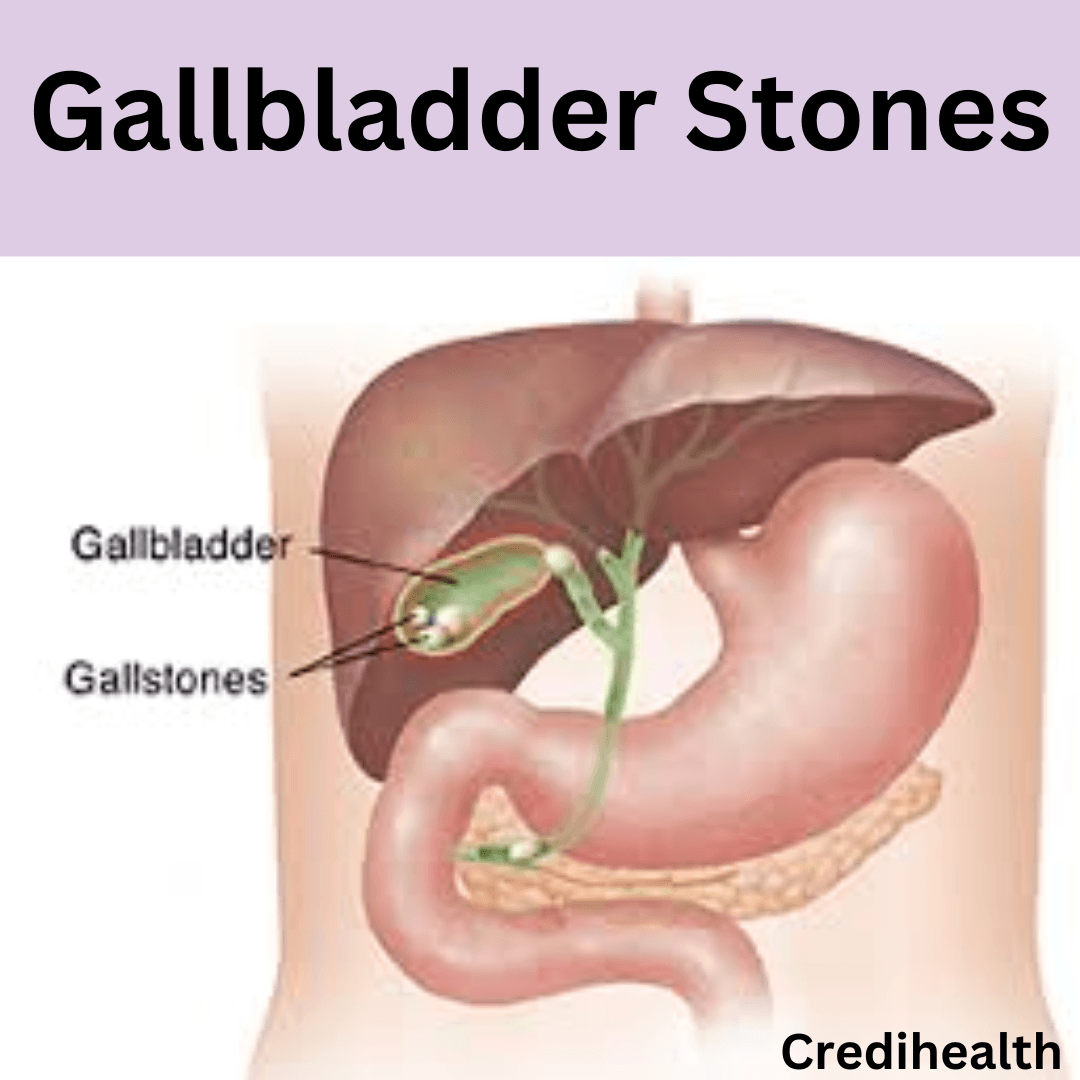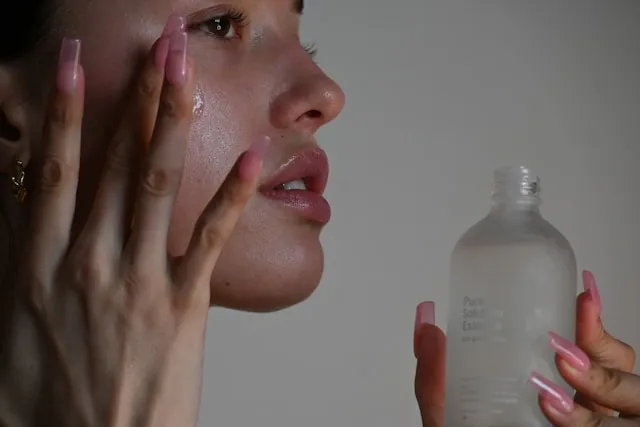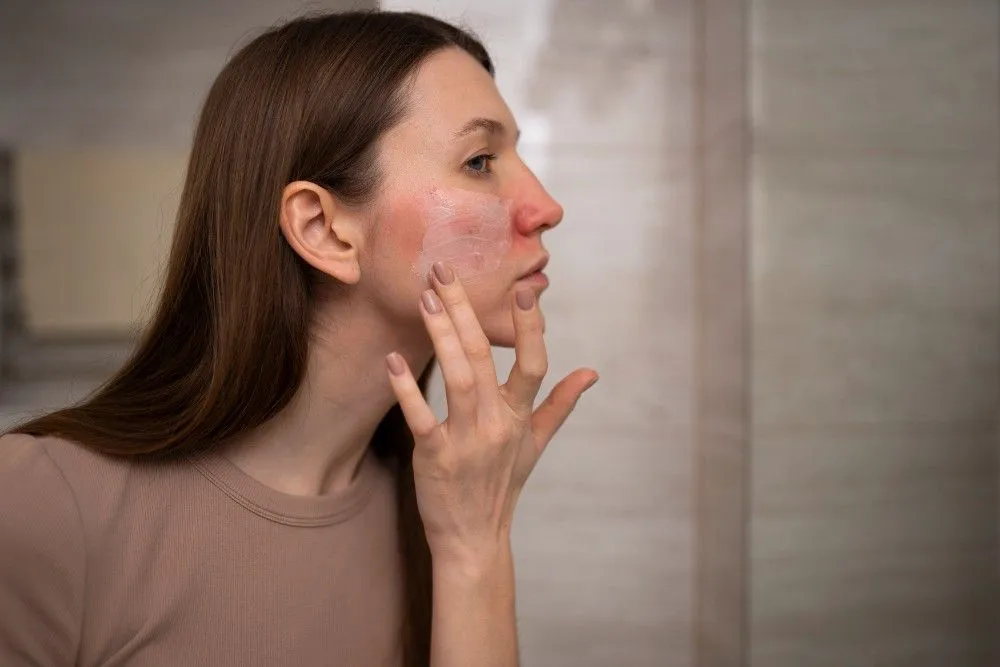Warts are noncancerous skin growths. They might appear as skin lumps or tags on the skin or develop on stalks. Some individuals have rough skin with black spots. The look of warts varies greatly depending on the kind.
According to a 2019 study, warts can appear on any body area. Warts are often rough and skin-colored, based on the American Academy of Dermatology Association (AAD), although they can also be black, smooth, and flat.
Warts can be itchy, uncomfortable, tight, or generate a sense of pressure, but they seldom cause additional symptoms. The human papillomavirus is the cause of warts.
So in this article, we will look into what warts are and how to identify warts and types. To know more, continue reading.


What are warts?
Warts are noncancerous (harmless) rough lumps that develop on the skin. They form once the human papillomavirus, or HPV, penetrates a cut or crack in the skin and infects the patient. The hip virus leads the skin to develop a skin-colored and rough texture like pimples. The virus is spreadable. So it can easily spread by touching; it is more common on the face, hands, feet, knees, and genitals.How can you identify a wart?
Warts may appear unusual or unsightly, but they are a common and curable skin condition. Examine the shape, color, size, texture, and color of any strange bumps or clusters of growths. Unlike blisters or pimples, warts are not filled with liquid and feel meaty and hard. If the wart is in a weight-bearing location, such as your feet, you should not have any symptoms. Warts also grow slowly, so any pimples that appear abruptly are most likely not warts. Please wash your hands after checking a suspicious wart and avoid touching or rubbing them because they are caused by viruses and spread fast.
Differentiating Warts from Other Skin Problems-
Look for tiny, gray, or flesh-colored skin lumps. Warts are fleshy lumps of skin that might be pale gray or your skin color. They are typically tiny, measuring 1 to 10 mm (0.039 to 0.394). You may see a single wart or observe them in bunches. Warts do not have heads like pimples but may contain a microscopic black dot resembling a tiny seed. The blood that nourishes a wart can sometimes dry within and produce a little black spot. These are known as thrombosed capillaries. Viruses produce warts; different viruses create different types of warts and impact different body regions.Find out what kind of warts you have-
A common wart can appear on any body region, particularly your hands. They frequently take the form of a raised, flesh-colored hump with an uneven surface. These are the most common forms of warts. However, there are more. Plantar warts form on your foot, particularly in the weight-bearing areas. They are often firm, with a dark dot in the center indicating a damaged blood artery. Flat warts are commonly found on the face, hands, and feet. They frequently resemble a swarm of flat-topped, flesh-colored pimples. They can also have a dome form. Filiform warts most commonly grow on your eyelids, lips, nose, and face, resemble thin stalks, and mimic skin tags. Sometimes, you have cluster stalks.Separate hard warts from liquid-filled blisters-
If you have a firm and meaty bulge, it could be a wart. Blisters, abscesses, pimples, and cysts are soft lumps that appear like there's liquid inside them. It would help if you washed your hands after touching the wart; it can be easily spreadable.Pay attention to how it was developed-.
Warts often take 2 to 6 months to develop to a visible size. Even the quickest-growing warts form over weeks or days, so pimples that occur abruptly are most likely the result of another problem. If the lumps develop suddenly over a few minutes or hours, they might result from an allergic response. Itchy hives are little pink lumps connected with an allergic reaction. Warts are rarely itchy or unpleasant. Plantar warts, which form on the soles of the feet, can be painful when squeezed by walking.Examine the texture of the surface.
The surface texture can assist your doctor in determining the best course of therapy. Common warts have a rough or gritty feel, similar to cauliflower. Some warts are smooth, flat, and narrow, but others resemble clusters of little threads or strings. Common warts with rough surfaces are frequently treatable with over-the-counter medicine. Other warts may necessitate alternate treatment options, such as immune-boosting medicine.Keep track of where warts appear on your body.
Warts may occur anywhere on the body; the appropriate treatment depends on where they appear. They frequently develop in injured or weighted areas. Fingers, palms, elbows, knees, and feet are common sites. Over-the-counter salicylic acid should be sufficient for these areas. If you feel you have genital warts, always consult a doctor. If you do not have a primary care physician, you can seek medical care at a sexual health clinic in your area. Read Also: Warts on Hands: Causes, Symptoms and Treatments.How are warts treated?
Warts frequently disappear on their own once your immune system has fought off the pathogen. Your doctor may advise treatment because warts may spread, cause pain, and be ugly. Options include:
- At-home wart removal: Salicylic acid is included in over-the-counter (OTC) wart removal. This substance removes warts one layer at a time. These products are available in liquid, gel, and patch forms. You may need to use the treatment to entirely remove the wart.
- Freezing: During cryotherapy, the doctor uses liquid nitrogen to freeze the wart. A blister occurs as a result of freezing. After that, the wart will fall with the treatment. You may require many sittings.
- Immunotherapy: When standard treatments fail to remove obstinate warts, immunotherapy aids the immune system in battling the virus. A topical chemical, such as diphencyprone (DCP), is used in this procedure. DCP creates a slight allergic reaction, which causes the wart to disappear.
- Laser treatment: the doctor will use a laser to generate heat and destroy the wart's small blood veins. The procedure cuts off the wart's blood supply, destroying it.
- Topical medicine: A liquid combination including a substance called cantharidin may be applied topically by your doctor. A blister grows beneath the wart, cutting off its blood supply.
How can you avoid getting warts?
There is no method to avoid warts. However, you may reduce your chances of contracting the virus or preventing warts from spreading by following these steps:- Shaving above a wart should be avoided.
- Stop chewing your nails or plucking at your cuticles.
- Towels, washcloths, clothes, nail clippers, razors, and other personal goods should not be shared.
- Don't touch someone else's wart.
- Get an HPV vaccine and condoms to prevent genital warts.
- To avoid the development of plantar warts, keep your feet dry.
- Avoid scratching, cutting, or picking at a wart.
Conclusion-
Warts are normally not dangerous, although they can be irritating and painful. You can easily identify the warts and their types, as mentioned above. By seeing the condition of the warts, you can decide if it requires at-home treatment. Many types of warts respond to over-the-counter medication, but it is better to see a doctor if your wart changes color, gets painful, or you suspect it is not a wart.
Reviewed by







